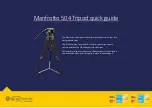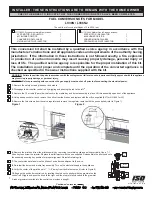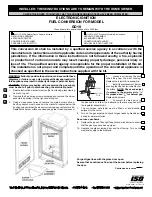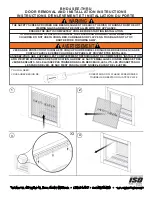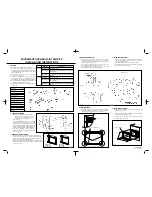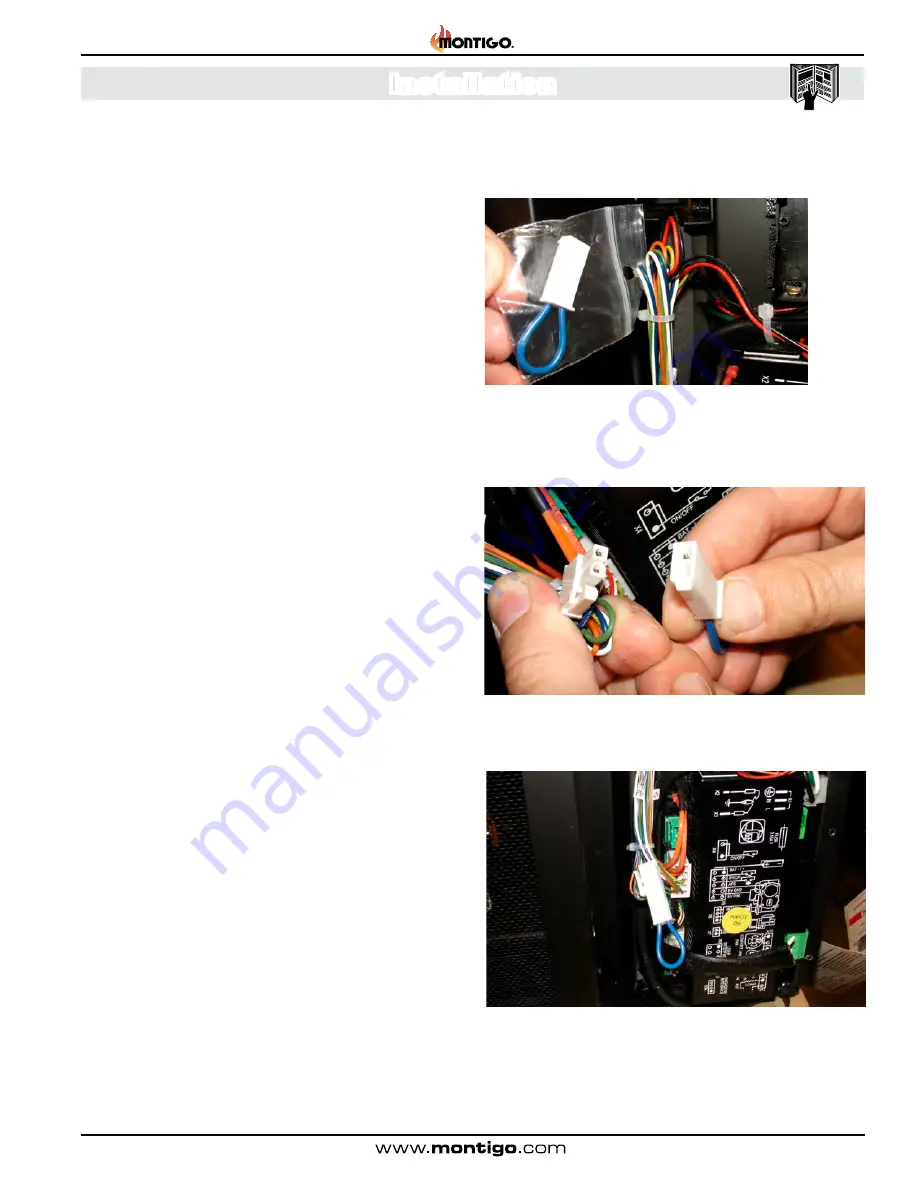
L52DF*ST Indoor Gas Fireplace
Page 17
XG0811 - 151126
Installing the CPI Jumper Cable
1).
Access the controller (refer to the installation and
maintenance manual for your model).
2).
Remove the bag containing the Jumper Cable from
the wiring harness connected to the controller as shown
in
Figure 14
.
3).
Find the corresponding plug attached to the control
wire harness and connect the CPI jumper.
4).
See remote operation manual to turn remote into CPI
mode.
Figure 14.
Figure 14a.
Figure 14b.
CPI [Continuous Pilot Ignition] / IPI [Intermittent Pilot
Ignition] Jumper Cable Installation (only available
for SIT Electronic Ignition Systems)
“Why use CPI mode”?
CPI means “Continuous Pilot Ignition” or “Standing Pilot”
as it is commonly known. IPI means “Intermittent Pilot Ig-
nition”, which only initializes the pilot when you are going
to be using the appliance.
There are several reasons why you may choose to use
CPI mode. When a flue is cold it can be difficult to light
the appliance. It can take a bit of time (particularly on tall
vents) to initialize vent action. This can result in “lifting”
or “ghosting” of the flames during the first two to three
minutes of operation. It is also possible to encounter
times when the fireplace fails to light successfully. The
fireplace will then attempt to re-light a second or third
time depending on prevailing temperatures or altitude.
When in CPI mode the pilot also keeps the system warm.
During a “cold” start, condensation will normally form on
the inner glass surface of the door. This condensation will
quickly dry, however, the condensation tends to run down
the glass and cause some streaking. CPI mode helps to
resolve this issue. If CPI mode is used during the winter
months the energy it takes to run the pilot is partially re-
covered as heat into the building, so it does not waste as
much energy as running a pilot in the off season.
If you use a wall switch:
A connector is supplied with this unit that can be plugged
into the wire harness connected to the controller. When
the CPI jumper is connected, the pilot will light and re-
main lit continuously. Use the wall switch to turn the main
burner on or off. To switch back to IPI mode you must
unplug the CPI jumper.
If you use the optional remote:
A connector is supplied with this unit that can be plugged
into the wire harness connected to the controller. This
Jumper Cable gives the Remote Control the ability to
operate the CPI / IPI switch and set the unit to operate in
either condition.
The difference between IPI and CPI:
IPI (Intermittent Pilot Ignition) Mode:
is a fuel sav-
ing mode in which the pilot is only used when the main
burner is on.
CPI (Continuous Pilot Ignition) Mode:
The Pilot runs
continuously even when the main burner is off.
Installation
































